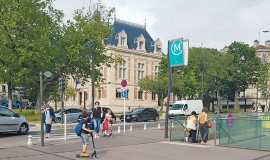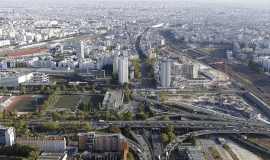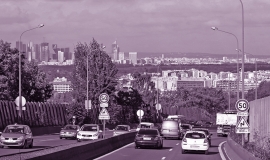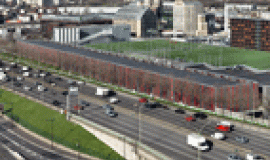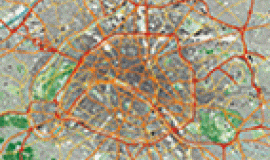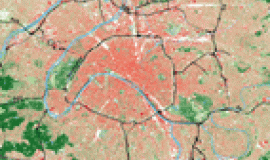In the context of the International Consultation on “Roads of the future in Grand Paris”, Apur has produced two data-visualisations that show the construction of motorway and public transport networks since the 60s/70s linked to the evolution of households becoming motorised and urban development in Greater Paris -Grand Paris-.
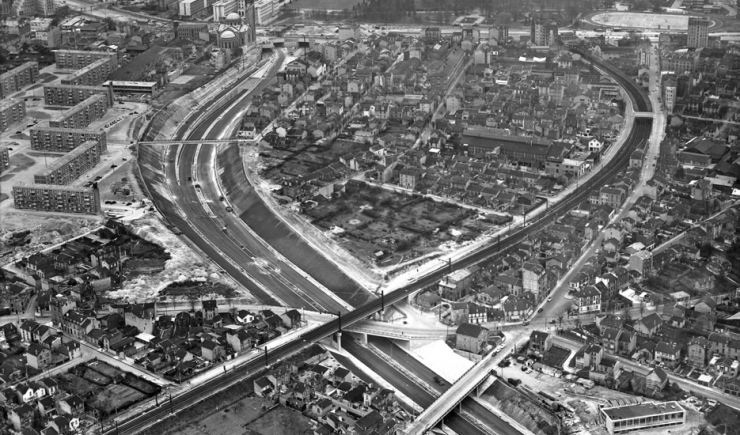
The International Consultation on “Roads of the future in Grand Paris” was organised in 2018-2019 by the Metropolitan Forum of Grand Paris and brought together the main key players involved in the future of roads in Ile-de-France: The State, the Region, the City of Paris, as well as Departments, Public Territorial Establishments, inhabitants, research laboratories and private key players.
4 multidisciplinary teams made up of engineers, architects and urbanists, were assigned the task of proposing their visions of 2030 and 2050, including creative ideas for 2024, that address 4 major issues:
- to improve the functioning of the transport network for Ile-de-France citizens’ daily mobility needs;
- to reduce pollution (noise, air…) linked to the network;
- to improve the integration of the network into its environment;
- to find economically sustainable solutions.
The results are to be presented to the general public during a multi-site exhibition at Pavillon de l’Arsenal, the Versailles Architecture and Landscape Biennale and in a dozen or so other venues in Grand Paris.
In the context of its work, Apur brings its own historical, angle of approach using data-visualisations which link transport networks to household mobility.
Produced in collaboration with the Pavillon de l’Arsenal, these two data-visualisations show the main periods of history, from the setting up, over time, of transport networks in Grand Paris:
- the construction of motorways and dual carriageways since the 1960s, linked to the development of the Parisian conurbation and the inflow of people settling there, as recorded by the population censuses carried out by Insee since 1968;
- the construction of public transport networks since the 1970s and the simultaneous evolution of private car ownership among households, according to Insee data available since 1975.

